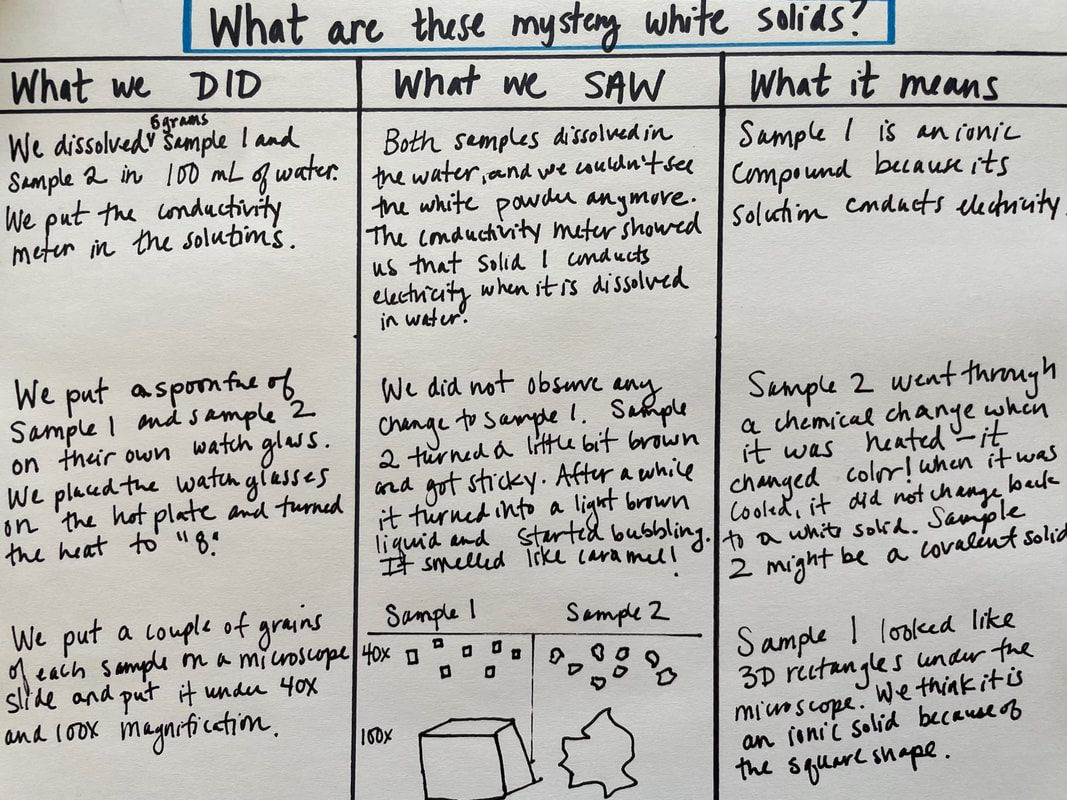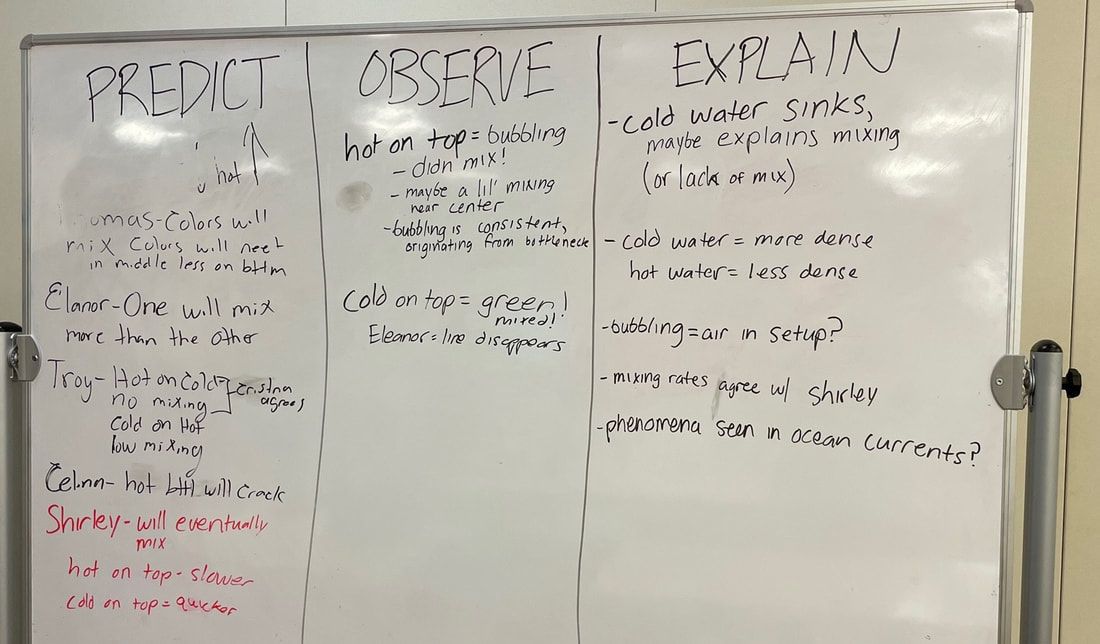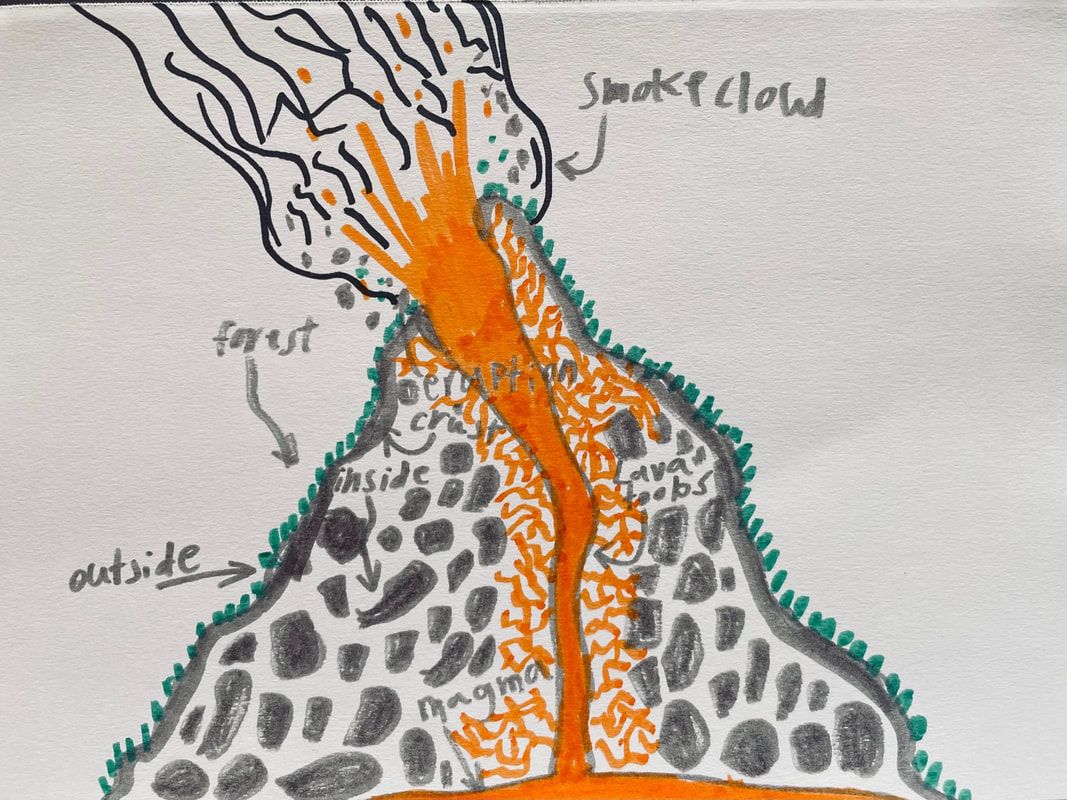|
Predictions, Observations, (Preliminary) Explanations (POPE)The "Predict, Observe, Explain (POE)" strategy (White & Gunstone, 1992) has been studied and written about extensively. In the methods course I teach, we have switched to "predictions, observations, and preliminary explanations" since we often use it as a strategy to elicit early ideas. Student might want to provide some early explanations, but a final explanation would come after investigation, data analysis, and discussion
|
|



